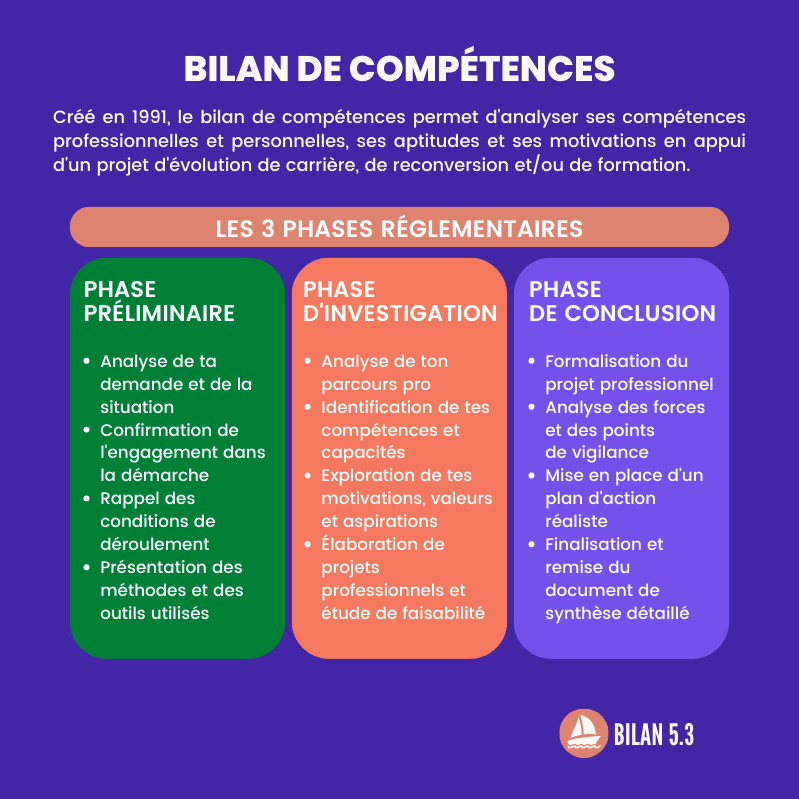On the occasion of the release of the book “The Truth About Obesity” by author Hélia Hakimi-Prévot, a debate opened with a chiropractor, Charlène Chiron, and a dietitian nutritionist Mikael Dieleman.

- According to the WHO, in France, 29% of people will be obese by 2030 compared to 17% currently.
- Obesity is a disease that has many complications: risk of diabetes, cardiovascular disease, cancer, psychological disorders, etc.
- Chiropractic is a popular practice for treating musculoskeletal disorders. A well-known disorder in the context of obesity.
In 2022, 1 in 8 people worldwide were obese. In France, according to recent figures given by the WHO, 17% of French people are obese while 50% of French people are overweight.
A pathology which is not without risks specifies the author and journalist Hélia Hakimi-Prévot: “There are diseases linked to so-called ‘ectopic’ fat – this fat which is poorly placed and which becomes lodged around the organs, in the viscera and in the abdominal area – which carry a risk of cardiovascular diseases, diabetes, hypertension, gout. , polycystic ovary syndrome” by continuing to mention diseases linked to too high a BMI such as “respiratory diseases such as sleep apnea or obesity hypoventilation syndrome, a form of respiratory failure.
“LObesity promotes certain cancers. There is breast, colon, rectal, kidney, endometrial and liver cancer as well.recalls the author.
Also, according to a new study she presented: “we know today that more than half of the people hospitalized in intensive care for Covid had a BMI greater than 30 and that the severity of covid is proportional to the BMI. The higher the BMI, the greater the severity of the virus and the greater the risk of mortality. Adipose tissue will serve as a ‘reservoir’ for the virus.
Obesity: dmany associated osteoarticular pathologies
Musculoskeletal disorders, herniated discs, osteoarthritis, tendon injuries, back pain, rheumatoid arthritis, osteoporosis… On this subject, Charlène Cheron, chiropractor, specifies: “the greater the excess weight, the more the joints are exposed to osteoarticular risks. For example, overweight patients may experience more pain, particularly in the knees and hips.
But also on the hands and thumbs in particular. And according to the anti-rheumatic association, overweight and obesity increase the risk of osteoarthritis by 4 or 5. Without forgetting that mechanical mobility becomes more complicated and above all becomes very painful with chronicity of the pain. Gonarthrosis (osteoarthritis of the knee), which is the most mentioned disorder, is explained by a sedentary lifestyle and a diet rich in fat.
Chiropractic: “The first reason for consultation is pain!”
“You should know that the first reason for consultation with us is pain! declares the chiropractor and vice-president of the French chiropractic association. LPatients do not come to us because they are obese, but because they are in pain. In these patients who have pain somewhere, some will be obese.“
The strategies are then personified to alleviate pain: “During the consultation, in addition to the advice and exercises provided to the patient, the chiropractor can perform manual therapies“. And often, by listening to the patient, a plan is created. A plan that is intended to be multidisciplinary: resume physical activity, consult a dietician, obtain medical advice, or even “join specialized clinics to relearn how to eat correctly and modify your activity.“
The vice-president says chiropractic can be a “front door to access to care. Patients may be stigmatized and are in a situation where they no longer want to talk to their doctor. Complementary therapies can sometimes make the connection. The idea is also that through this complementary approach, we can reintegrate patients into a care pathway.”
Chiropractic combined with dietetics, a winning duo!
According to Mickael Dieleman, dietitian based in Lyon: “our chiropractor will see patients mainly for pain. Perhaps patients who are overweight or obese, and to whom she will offer, if necessary, dietary support to help them lose weight and manage pain.”
Ultimately, all this will make it possible to avoid major invasive surgical operations whose convalescence and results remain difficult. The Lyon dietician returns to the question of bariatric surgery: “This concerns extreme cases. Normally, we should arrive at this kind of solution when we have no other choices. Nutritional and multidisciplinary care remains the main objective. We must determine the new nutritional needs that they may have, in relation to their lifestyle, their family, their work, their background and put in place the best possible diet for them. And have fun!“
This is not contradictory when the diet is healthy every day.















